From Medieval to Modern Day: The Fascinating Journey of Beauty Rituals
In the realm of beauty and personal care, the journey embarked by various beauty practices can be traced back to the Medieval Period. The evolution and enduring influence of these practices are still prevalent in the contemporary world, shaping the way we perceive and approach beauty today.
Medieval Beauty Practices: Tools and Techniques
During the Medieval Period, beautification was done using a variety of tools and techniques. Both men and women followed these practices to enhance their personal appearance using functions, ingredients, and tools that may still be familiar to us today.
Powdered lead was used to make the face white, while roots, berries, and plants were used for lip and cheek tints. Women would dye their hair using natural roots and iron rods, and curls were achieved using a piece of hot iron. Men would often style their beards into various shapes and lengths.
Cultural and Historical Background
Beauty rituals were profoundly influenced by the society's cultural and religious beliefs. During the Medieval age, beauty was believed to be a sign of goodness and morality, largely inspired by the Christian Church. This view prompted societies to follow certain beauty rituals which were not only limited to physical appearance but also to represent their social status, moral purity, and health condition.
Enduring Influence of Medieval Beauty Practices
There's no doubt that the beauty practices during the Medieval Period have left an enduring influence on the modern beauty industry. Although the tools and techniques have evolved, and the dangerous ingredients have been replaced, the underlying notion of enhancing personal appearance persists.
Take for example the practice of skincare. Today, skincare routines including exfoliating, moisturizing, and sun protection echo the similar principles of keeping the skin clean and fresh looking, something that was valued during the medieval times.
Evolution or Continuation: Modern Beauty World
While some tools, techniques, and ingredients have remained the same, many have evolved and improved over time not only for better efficacy but also to ensure safety. It is evident that advancements in technologies and the emergence of science-backed beauty solutions have greatly updated and enhanced the way we approach beauty today.
Impact of Medieval Beauty Practices on Modern Perspectives
The impact of these historical beauty practices on our modern perceptions about beauty is profound. It helped shape the importance of beauty as a form of self-expression, status, and a reflection of health and well-being. However, the most significant shift observed in modern times is the increasingly inclusive definition of beauty that values individuality and diversity.
Despite the evolution of beauty practices, the fascination with personal appearance and the quest for beauty will always be a part of human nature, persisting through different periods, societies, and cultures.
Immersing in the history of beauty rituals allows us to appreciate the power of beauty and its timeless, universal value.
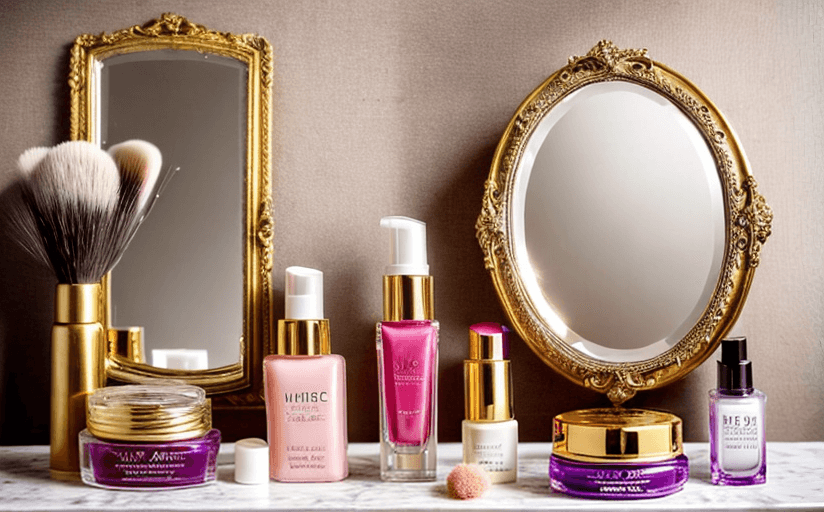



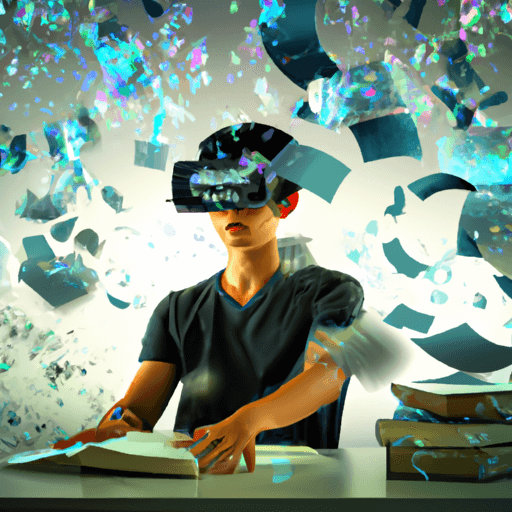

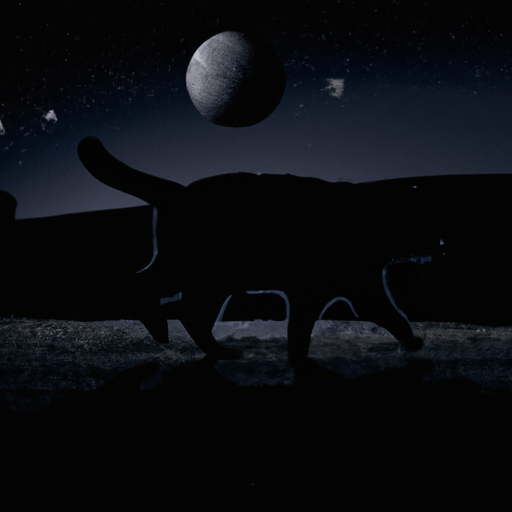

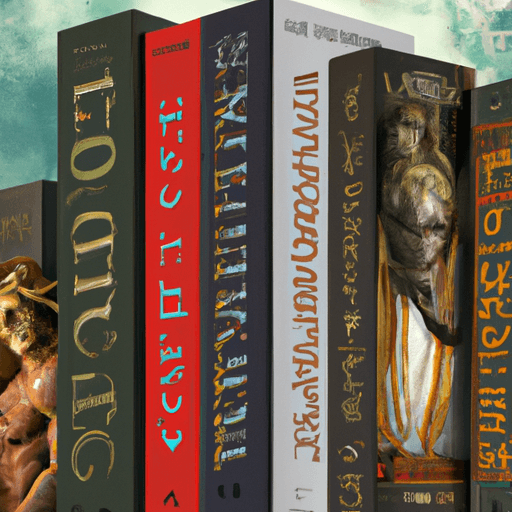
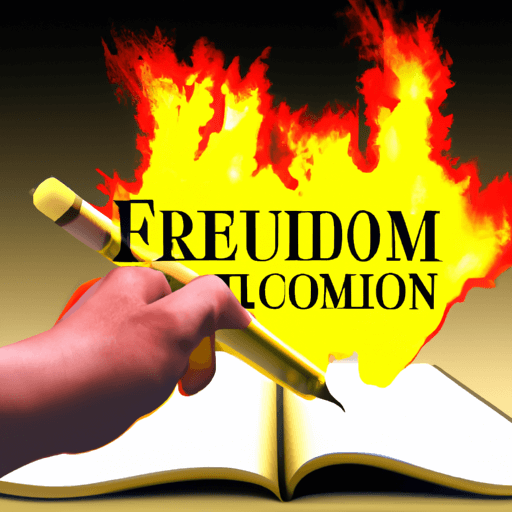
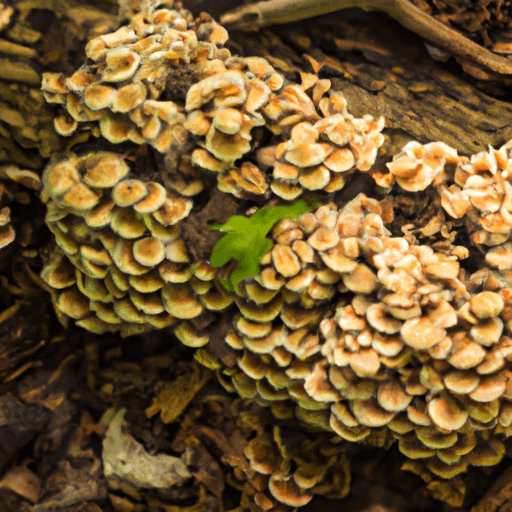

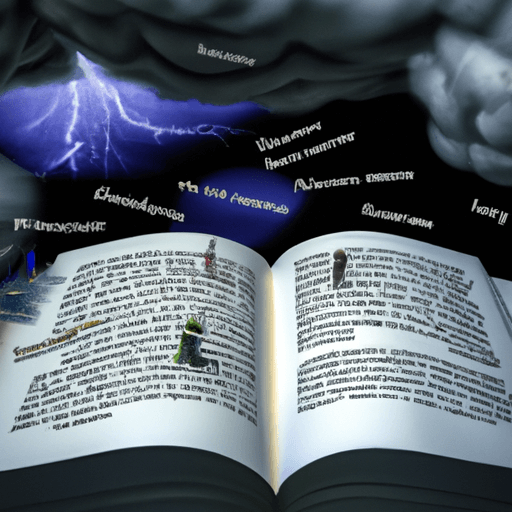
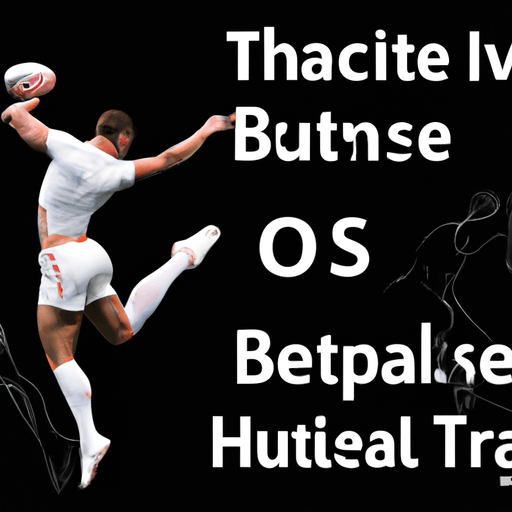
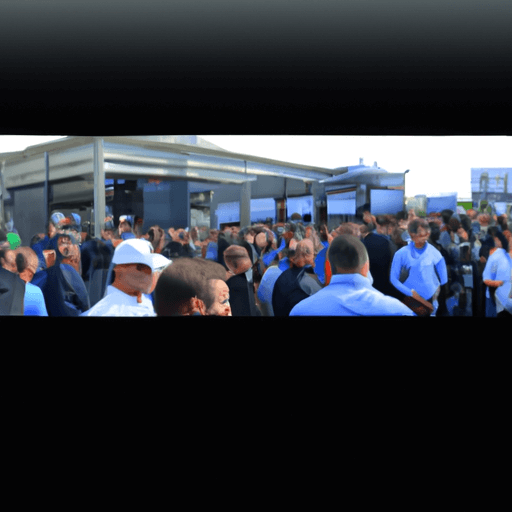

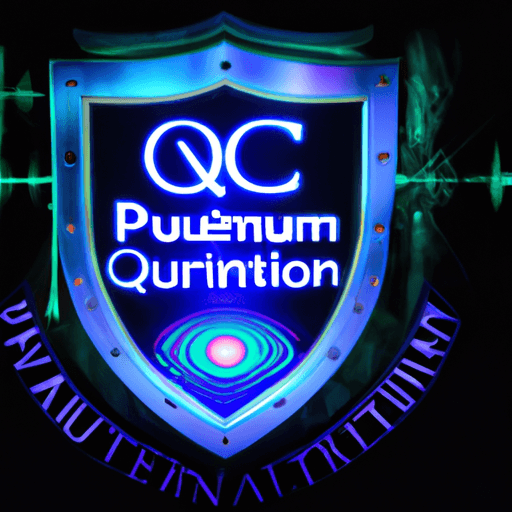


Comments
Leave a Comment